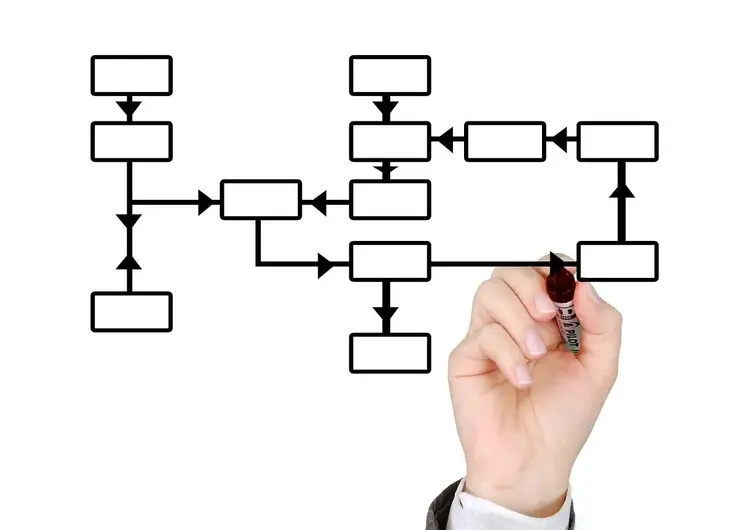How to Use a Flowchart to Improve Business Processes
Many businesses have inefficient, time-consuming, and complex processes that are liabilities in numerous ways, notably by being productivity and motivation killers. Streamlining business processes has many benefits, including saving the business money and improving output. Businesses can use different tools to improve processes and manage and untangle the intricate ones. In this article, we will only focus on flowcharts and how they help businesses in different ways.

They Make it Easier to Define Work Processes
Business flowcharts are powerful tools for showing all sequences involved in specific processes and how they are related. Once such relationships are established, businesses can see how they impact each other and areas of improvement, allowing the relevant teams to streamline them or eliminate them in extreme cases.
Since this process likely involves a lot of data and input, you can use an online tool that makes it easier to make a flowchart of your processes for better understanding and digestibility.
Use it to Identify Decision Points
Decision points are choices in business processes that impact their outcomes. They can be small or large depending on the business and the process under discussion. For example, one might need a decision on what label to use on its products, while another might have elaborate processes for choosing suppliers that require numerous decisions.
A flowchart makes it easy to map out the inputs and outputs required to drive these processes forward. Because of their branched nature, flowcharts also help businesses explore different decision paths, allowing them to choose the best one. Doing so helps improve decision-making processes, efficiency, and productivity.
Use Flowcharts to Identify and Remove Bottlenecks
Bottlenecks are constraints that limit or slow down the progression and performance of a business process. As with decision points, they can be small or large depending on the individual circumstances.
Flowcharts can help businesses identify them in various ways. First, teams can use them to determine which tasks are taking longer than they are supposed to. Doing so is crucial, considering many business processes are linear, expecting the ones before them to finish before starting.
Second, they help identify where these pileups are happening. It is one thing to know what processes are taking too much time, but it is entirely different to find out the cascade of problems they cause when they do so.
Once businesses and teams know where and what the bottlenecks are, they can allocate more resources like time and money to them, streamlining processes while also making them more efficient.
Flowcharts Can be Crucial Training Tools
Proper onboarding and regular employee training can also help improve and streamline business processes by eliminating human-related bottlenecks. Flowcharts are excellent visual tools that can help make it easier to share crucial information and for employees to retain it.
Online flowcharts that allow collaboration can also boost engagement during training by allowing employees to comment, add ideas, or seek clarification.
Flowcharts are excellent tools for breaking down complex workflows and processes so businesses can find areas of improvement. They can also use them as training tools to arm employees with the knowledge and skills they need to identify and remedy business process issues.






